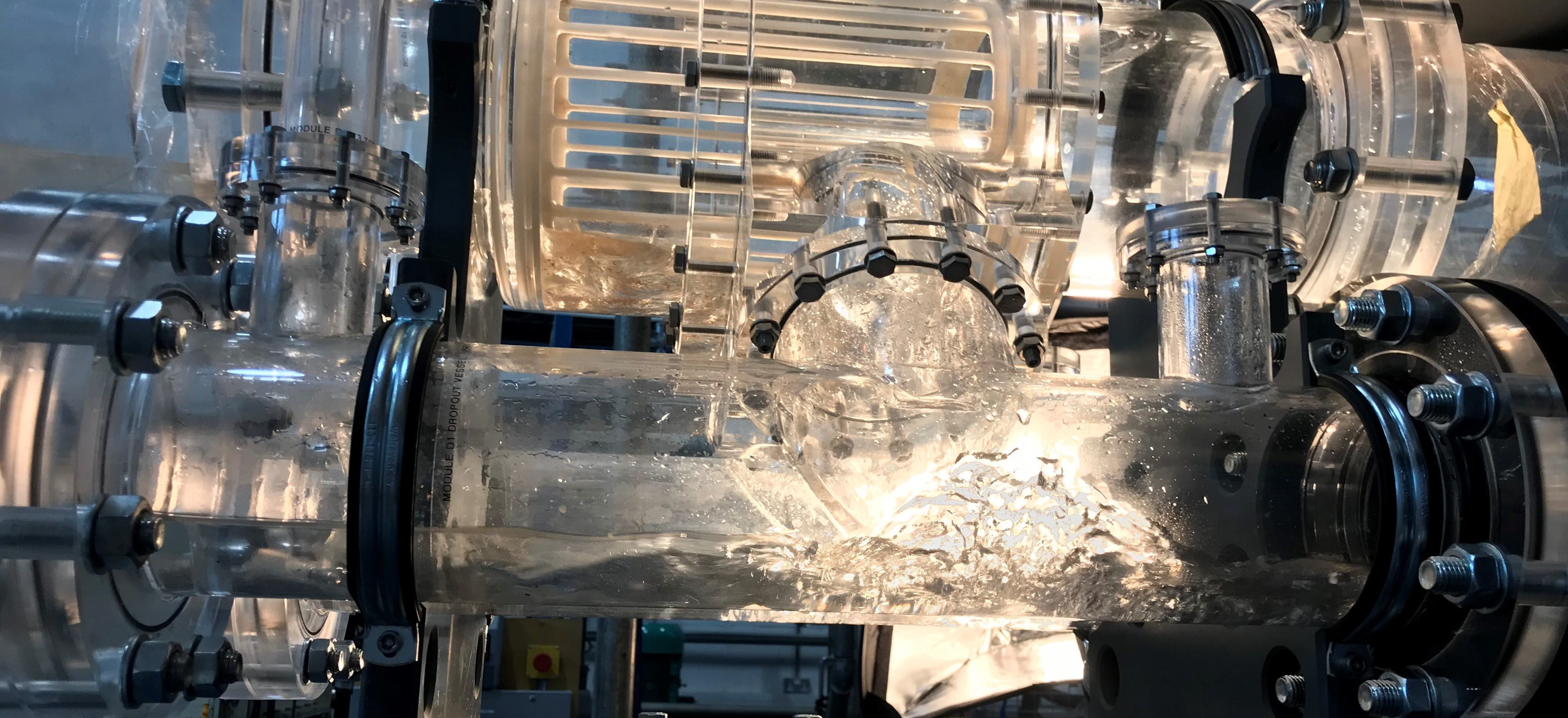As we move into the 21st century and the wider energy transition, gas is becoming an ever-important energy source, resulting in an increased focus on developing deepwater gas basins more economically. There is widespread belief that insufficient pressure (energy) at the wells is hindering these fields from achieving longer production plateaus with high recovery rates. But throwing increasing amounts of energy at such an engineering problem is similar to throwing cash at a problem in life – it rarely has the desired result.
We believe the underlying problem is the liquid, which is generated by the gas during transportation. One of the symptoms of the problem is an excessive pressure drop and high turn down rates in the gathering systems, leading to the lowering of gas recovered. Therefore, any solution that attempts to tackle the symptom without addressing the root problem will at best generate a sub-optimal solution.
Our understanding of the difference between the symptom and the root cause has led to the development of the technology called Pseudo Dry Gas. This technology addresses the problem of gas- generated liquids during transportation, removing the high pressure drops and the turn down limits. The result is significant increases in the reserves recovered to a level far greater than what treating the symptoms alone could achieve, while simultaneously generating the lowest CO2 emissions per unit of gas produced.


